ALMA ZEVI is showing John Smith’s first solo exhibition in Italy: “Films in Sheep’s Clothing”, showing work by the pioneering and highly influential British artist, made between 1976 and 2015. Smith’s radical and experimental approach has kept him at the forefront of international film and video art for the last forty years.
Images courtesy of ALMA ZEVI Gallery, Tanya Leighton Berlin and the artist
ALMA ZEVI is showing John Smith’s first solo exhibition in Italy: “Films in Sheep’s Clothing”, showing work by the pioneering and highly influential British artist, made between 1976 and 2015. Smith’s radical and experimental approach has kept him at the forefront of international film and video art for the last forty years. The exhibition Films in Sheep’s Clothing presents four seminal films – “Steve Hates Fish” (5 mins, 2015), “Dad’s Stick” (5 mins, 2012), “Om” (4 mins, 1986) and “The Girl Chewing Gum” (12 mins, 1976), which is widely acknowledged as one of the most important avant-garde films of the 20th century. Smith’s complex oeuvre draws from both Conceptual Art and Structural Film. These influences collide with his profound interest in narrative and the spoken word, both of which are woven into his films to create multiple meanings within the visual imagery.
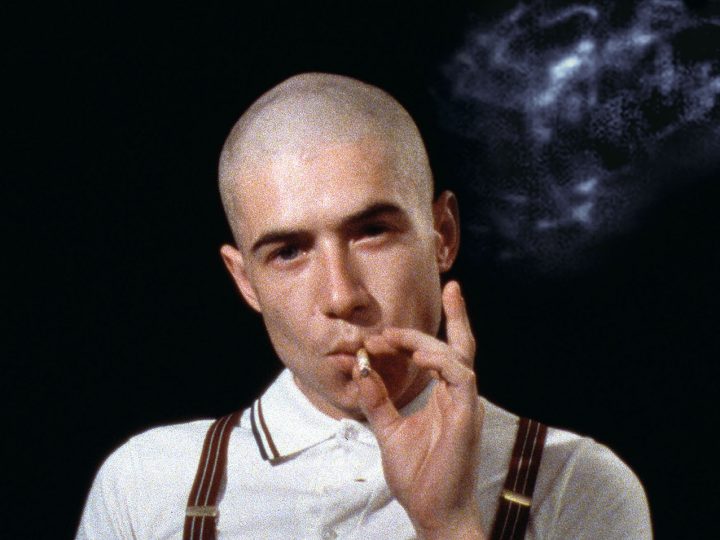
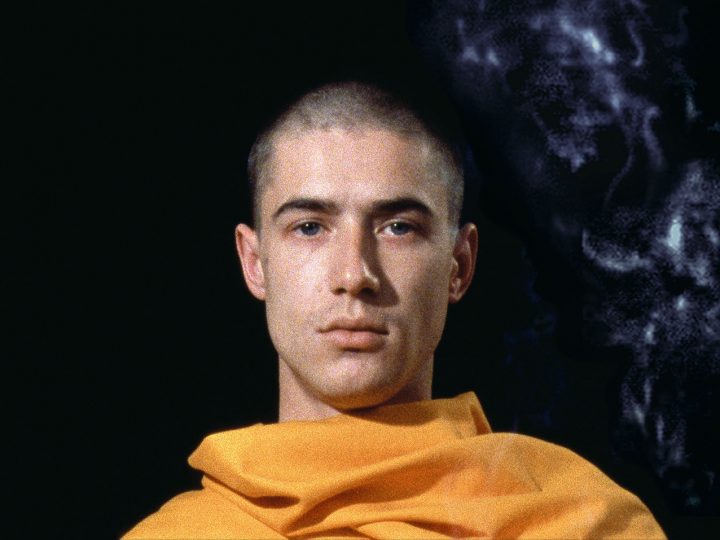
From a formalist point of view, Smith’s vocabulary is beautiful yet rough around the edges, restrained yet using color with flair. In this exhibition, his sensitive use of color is particularly evident in “Dad’s Stick” (2012), where differently hued layers of paint appear on a wooden stick, yet at the same time, color defines the identity of the ‘Dad’ within the narrative. This stick, just one of countless objects that Smith has fixated upon in his practice, also exemplifies the artist’s use of an ambiguous symbolism, bringing to the fore an undercurrent of veiled emotions.
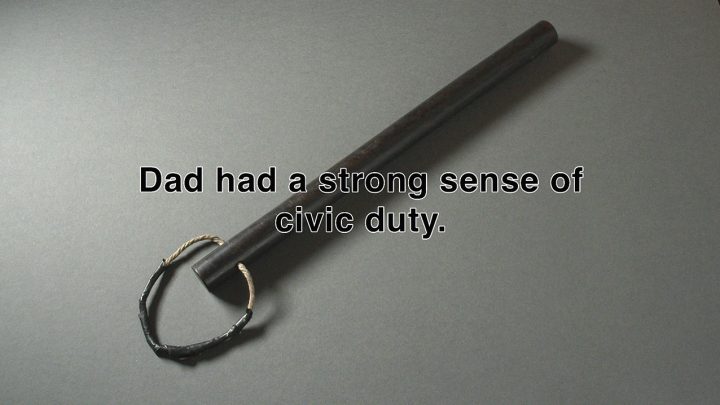
Precariously balanced between documentary and fiction, Smith’s films imply straightforward communication, yet are essentially absurdist. Indeed, Absurdism and his passion for disassociating language come together, neatly and hilariously, in the work “Steve Hates Fish” (2015), which uses a digital translation application to reconstruct, or literally rewrite, a familiar street scene. From the perspective of themes, Smith’s work is eclectic, surprising, and sometimes even mystifying, thus carefully subverts the seemingly simple subjects portrayed.

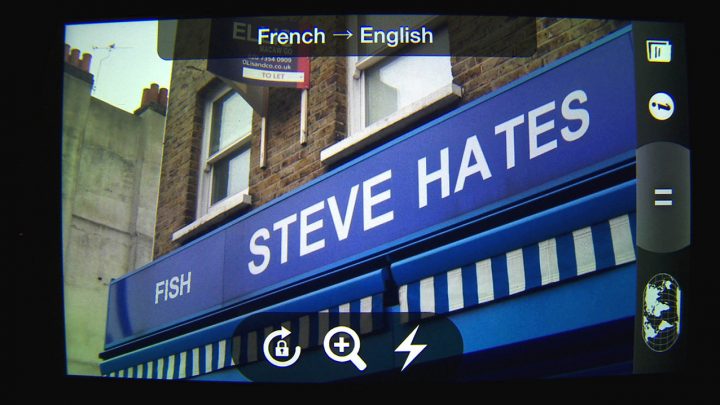
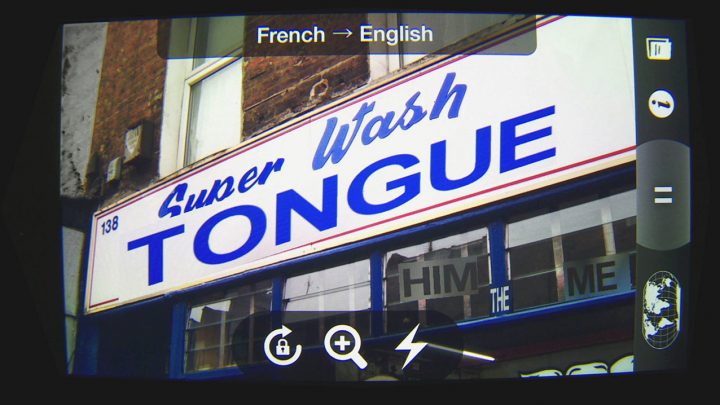
A master of deception, Smith’s work is rigorously constructed, while conversely being highly personal and somewhat spontaneous. The ‘glue’ between these two opposing aspects is the presence of the viewer: many of the works require this audience as a crucial element within the narrative, often in the ‘moment of revelation’ that occurs as a result of the viewer’s preconditioned assumptions of the medium of film. Smith’s ostensibly playful approach can be distinguished by its razor-sharp wit: a dark, dry humor that might be described as typically British. This humor is undercut by Smith’s extremely precise observations, which frequently transform our readings of ordinary situations. This approach works on different levels: as a critique of the ‘rules’ of film; as a confident conceptual stance within contemporary and 20th century art practice; and, at its most intuitive, as a point of access for us to reevaluate our perception of, and communication with, our own immediate surroundings.
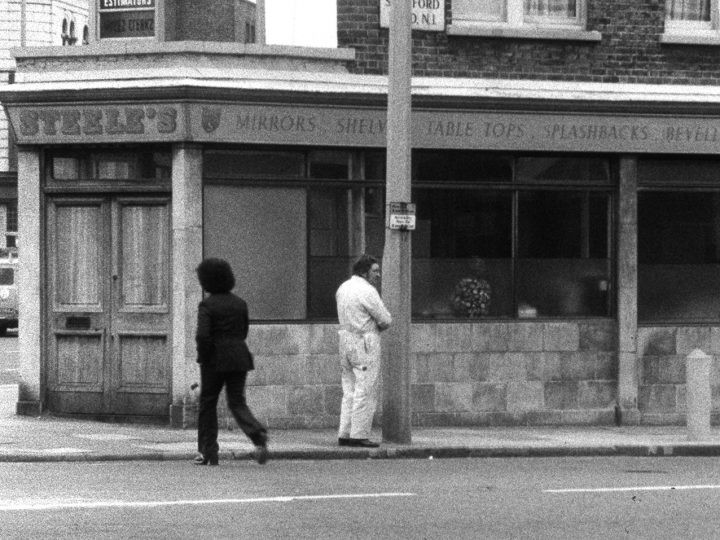
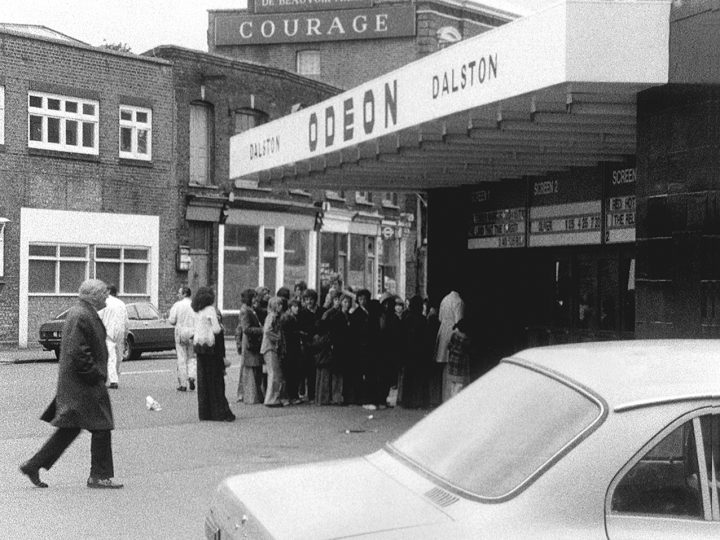
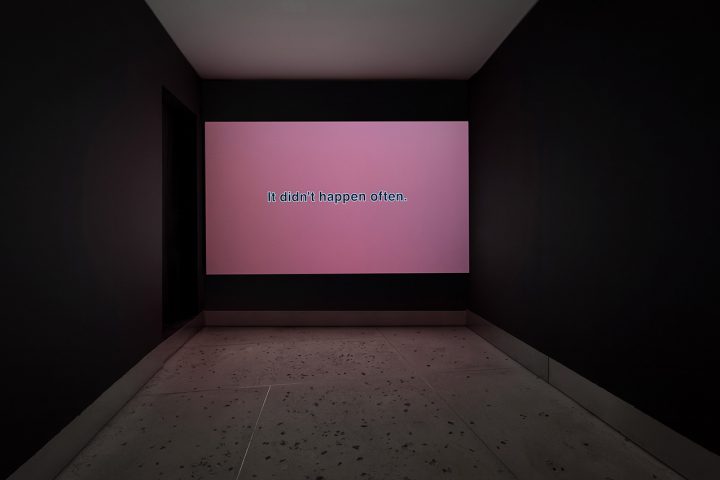
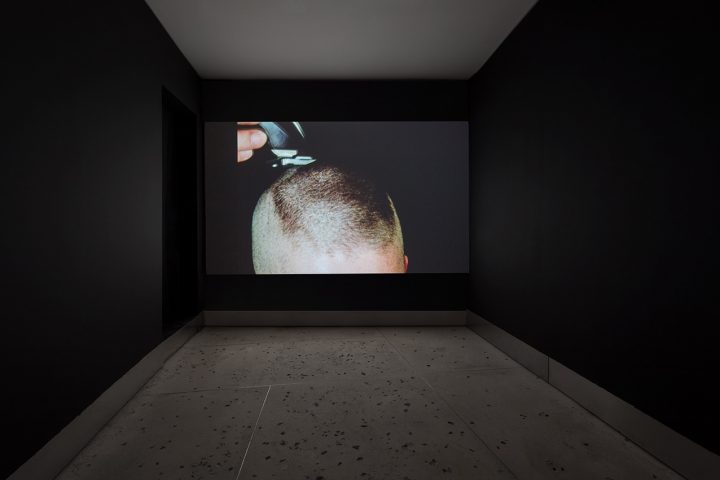
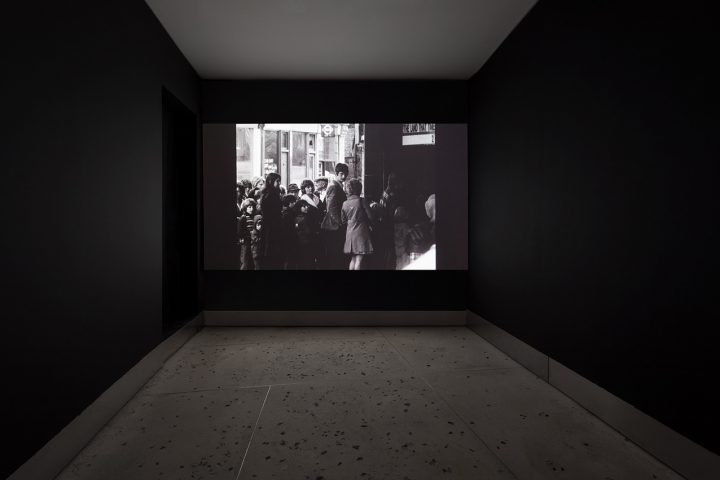
Born in Walthamstow, England in 1952, John Smith lives and works in London, UK. Smith studied at the Royal College of Art in London. Since 1972, he has made over fifty film, video and installation works. In 2013 he was the winner of Film London’s Jarman Award. His work is held in numerous public collections including Tate Gallery; Arts Council England; FRAC Ile de France, Paris; and Kunstmuseum Magdeburg. Recent solo exhibitions include: Kate MacGarry, London (2016); Museum of Contemporary Art, Leipzig (2015); La Galerie, Noisy-le-Sec, Paris (2014); Tanya Leighton Gallery, Berlin (2017, 2013, 2012 and 2010); Kestnergesellschaft, Hannover (2012); Turner Contemporary, Margate (2012); Weserburg Museum of Contemporary Art, Bremen (2012); and Uppsala Art Museum (2011). A major retrospective of his work took place in 2010 at the Royal College of Art Galleries in London.

 Español
Español